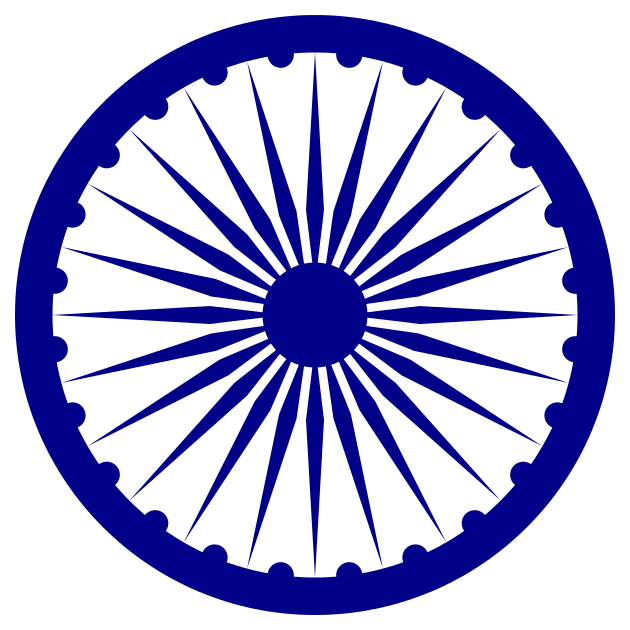77th Independence Day | History, Significance and Facts about India's Independence
2023-08-15 | Priyanka Chaudhary
15th August is marked as Indian Independence Day. On 15th August 2023 (Saturday), India will celebrate its 77th Independence Day. On the occasion of Independence Day, Hon’ble President of India Droupadi Murmu addressed the Nation on the eve of Independence Day on 14th August 2023. On 15th August 2023, Prime Minister will hoist the Indian National Flag and sing the National Anthem at Red Fort, Delhi.
Symbolism of National Flag
The National Flag of India is also known as the Tri-Colour Flag or Tiranga. The first national flag was hoisted in Kolkata in 1906. Bhikaji Cama hoisted the second Flag on foreign soil (Paris) in the year of 1907. She was one of the prominent figures in the Indian Independence movement.
A resolution was passed during the Indian National Congress session in Vijayawada to adopt the Tricolour as India's National Flag. On August 31, 1931, Indian National Congress hoisted the Flag and was formally adopted. The Tricolour Flag adopted then was designed by Pingali Venkayya.
The Indian National Flag was adopted on 22nd July 1947. The horizontal Tri-Colour Indian National Flag consists of three horizontal bands of saffron, white and green colour.
- The saffron band symbolises strength and courage
- The white band symbolises peace and trust along with navy blue colour Ashok Chakra, which represents the eternal wheel of law.
- The green band symbolises fertility, growth and auspiciousness of land.
Facts about Hoisting Indian National Flag at Red Fort
On 15th August 1947, Pandit Jawaharlal Nehru was the first Prime Minister of India who hoisted the Indian National Flag at Lahori Gate, Red Fort, Delhi. Pandit Jawaharlal Nehru is the first Prime Minister of India, and he has hoisted the Indian National Flag maximum number of times, that is, 17 times. Following her father, Indira Gandhi got the honour to hoist the national flag 16 times.
From 2004 till 2013, India’s former Prime Minister, Dr. Manmohan Singh, hoisted the Indian National Flag at Red Fort 10 times. On 15th August 2023, India’s Prime Minister Narendra Modi will hoist the Tri-colour 10th time, continuing his streak since 2014.
A brief History about India's Independence
On 15th August 1947, British Rule ended, and India was marked as a free and independent nation. The English East India Company exercised its control over India since 1757. The East India Company ruled India for almost 100 years, and in 1857, British Rule or British Raj was established in India.
The First War of Independence during 1857-58, also known as Revolt of 1857 or Sepoy Mutiny or Indian Rebellion of 1857, was a significant action against British Rule. This is the period that is marked as the beginning of the fight for Independent India. Several non-violent movements were led by Mohandas Karamchand Gandhi to fight against British Rule. Major movements like Boycott and Satyagarah, Non-Cooperation Movement (1920-22), Civil Disobedience Movement (1930-31) were launched to wear down the British Government.
During the Second World War (1939-1945), Indian National Congress fought against British Rule and launched Quit India Movement or “Bharat Chhodo Andolan” in August 1942. In this movement, the people of India refused to follow any instructions given by the British Government until Independence was granted. Many Indian leaders were put in jail during this period. Gandhi Ji was arrested on 9th August 1942. The Quit India Movement ended in 1943, giving complete power to the people of India. In 1946, the British Cabinet Mission offered the proposal of partition between India and Pakistan. M K Gandhi did not accept it, but later the British Government passed the proposal making India and Pakistan as two independent nations. On 15th August 1947, India gained its full Independence against British Rule.
Share Blog






Comments